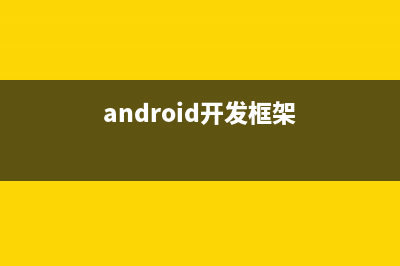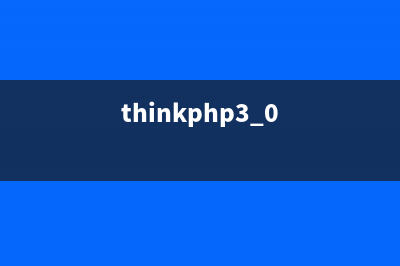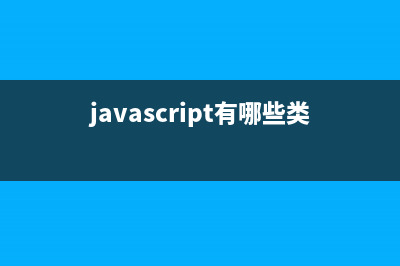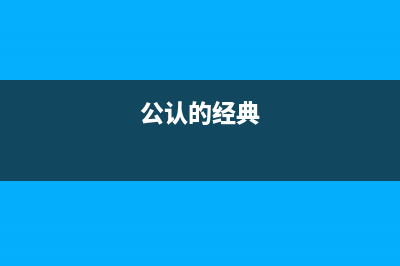位置: 编程技术 - 正文
动态设置布局LayoutInflater(动态效果怎么设置)
编辑:rootadmin推荐整理分享动态设置布局LayoutInflater(动态效果怎么设置),希望有所帮助,仅作参考,欢迎阅读内容。
文章相关热门搜索词:动态设定,app动态布局,安卓动态布局,ios 动态布局,动态布局是什么,动态布置设计,app动态布局,动态布局是什么,内容如对您有帮助,希望把文章链接给更多的朋友!
LayoutInflater作用是将layout的xml布局文件实例化为View类对象,LayoutInflater 的作用类&#;于 findViewById(),不同点是LayoutInflater是用来找layout文件夹下的xml布局文件,并且实例化!而 findViewById()是找具体某一个xml下的具体 widget控件(如:Button,TextView等)。
获得 LayoutInflater 实例的三种方式、
1.LayoutInflater inflater = getLayoutInflater(); //调用Activity的getLayoutInflater()2.LayoutInflater inflater = LayoutInflater.from(this);3.LayoutInflater inflater = (LayoutInflater)Context.getSystemService(LAYOUT_INFLATER_SERVICE);
getLayoutInflater():Activity 的 getLayoutInflater() 方法是调用 PhoneWindow 的getLayoutInflater()方法,看一下该源代码:public PhoneWindow(Context context) { super(context); mLayoutInflater = LayoutInflater.from(context); }可以看出它其实是调用 LayoutInflater.from(context)。LayoutInflater.from(context):public static LayoutInflater from(Context context) { LayoutInflater LayoutInflater = (LayoutInflater) context.getSystemService(Context.LAYOUT_INFLATER_SERVICE); if (LayoutInflater == null) { throw new AssertionError("LayoutInflater not found."); } return LayoutInflater; }可以看出它其实调用 context.getSystemService()。结论:所以这三种方式最终本质是都是调用的Context.getSystemService()。
实例化LayoutInflater之后,就要将layout的xml布局文件实例化为View类对象。1.LayoutInflater inflater = getLayoutInflater(); View view=inflater.inflate(R.layout.ID, null);2.LayoutInflater inflater = LayoutInflater.from(this); View view=inflater.inflate(R.layout.ID, null);3.LayoutInflater inflater = (LayoutInflater)Context.getSystemService(LAYOUT_INFLATER_SERVICE); View view=inflater.inflate(R.layout.ID, null);
inflate 方法通过 sdk 的 api 文档,可以知道该方法有以下几种过载形式,返回&#;均是 View 对象,如下:public View inflate (int resource, ViewGroup root) (常用) inflate()方法一般接收两个参数,第一个参数就是要加载的布局id,第二个参数是指给该布局的外部再嵌套一层父布局,如果不需要就直接传null。这样就成功成功创建了一个布局的实例,之后再将它添加到指定的位置就可以显示出来了。public View inflate (XmlPullParser parser, ViewGroup root) public View inflate (XmlPullParser parser, ViewGroup root, boolean attachToRoot) public View inflate (int resource, ViewGroup root, boolean attachToRoot)LayoutInflater inflater = (LayoutInflater)getSystemService(LAYOUT_INFLATER_SERVICE);View view = inflater.inflate(R.layout.custom, (ViewGroup)findViewById(R.id.test)); //EditText editText = (EditText)findViewById(R.id.content);// error EditText editText = (EditText)view.findViewById(R.id.content);
对于上面代码,指定了第二个参数 ViewGroup root,当然你也可以设置为 null &#;。
Demo:
下面我们就通过一个非常简单的小例子,来更加直观地看一下LayoutInflater的用法。比如说当前有一个项目,其中MainActivity对应的布局文件叫做activity_main.xml,代码如下所示:
1.<LinearLayout xmlns:android=" 6.</LinearLayout>这个布局文件的内容非常简单,只有一个空的LinearLayout,里面什么控件都没有,因此界面上应该不会显示任何东西。那么接下来我们再定义一个布局文件,给它取名为button_layout.xml,代码如下所示:
1.<Button xmlns:android=" 6.</Button>这个布局文件也非常简单,只有一个Button按钮而已。
现在我们要想办法,如何通过LayoutInflater来将button_layout这个布局添加到主布局文件的LinearLayout中。根据刚刚介绍的用法,修改MainActivity中的代码,如下所示:
.publicclass MainActivity extendsActivity {. .privateLinearLayout mainLayout;. .@Override.protectedvoid onCreate(Bundle savedInstanceState) {.super.onCreate(savedInstanceState);.setContentView(R.layout.activity_main);.mainLayout = (LinearLayout) findViewById(R.id.main_layout);.LayoutInflater layoutInflater = LayoutInflater.from(this);.View buttonLayout = layoutInflater.inflate(R.layout.button_layout,null);.mainLayout.addView(buttonLayout);.}. .}可以看到,这里先是获取到了LayoutInflater的实例,然后调用它的inflate()方法来加载button_layout这个布局,最后调用LinearLayout的addView()方法将它添加到LinearLayout中。
现在可以运行一下程序,结果如下图所示:
Button 在界面上显示出来了!说明我们确实是借助LayoutInflater成功将button_layout这个布局添加到LinearLayout中了。 LayoutInflater技术广泛应用于需要动态添加View的时候,比如在ScrollView和ListView中,经常都可以看到 LayoutInflater的身影。
欢迎使用CSDN-markdown编辑器 androidstudio编译报错:Error:(xx,x)Couldnotfindproperty'processResources'oncom.android.build.gradle.internal.api.ApplicationVariantImpl_Decorated@xxxxxxx.解决方法:将app下的build.gradle
Android 开源框架 DataDroid Android开源框架DataDroidDataDroid是基于Android平台的一个开源的开发库,基于Android的RESTful封装用来简化Android应用中的数据管理.该开源库的下载地址为CSDN资源
Android ART介绍 1、ART之所以会比Dalvik快,是因为ART执行的是本地机器指令,而Dalvik执行的是Dex字节码,通过通过解释器执行。尽管Dalvik也会对频繁执行的代码进行JIT生
标签: 动态效果怎么设置
本文链接地址:https://www.jiuchutong.com/biancheng/385134.html 转载请保留说明!


